Fiber Splice Enclosures
Home »Vertical and Horizontal Fiber Optic Splice Closure
Fiber Optic Splice Closure (FOSC) is used to protect fiber optic splices and to join two or more optical cables together; and provides protection from environmental hazard. It features reliable sealing, ensuring long-term protection of fiber optic splicing and joint. The fiber splice enclosure is widely applied in OSP enviroments, including duct, underground direct buried and aerial installations. It is usually used in CATV, backbone networks, telecommunications infrastructure and Fiber-to-the-Home (FTTH) access networks.
Generally, fiber optic splice closure can be divided into dome and inline types. The former entries fiber optic cable from the base of dome enclosure, while the latter entries the cable entries from two ends of inline enclosure. Whatever dome enclosure or horizontal Opticube fiber optic closure, the function is to provide a environmental sealed case for splicing and branching of outdoor fiber optical cables. Their shells are made of excellent engineering plastics, inside the fiber joint closure contains splice cassettes which are to protect the splices and store excess optical fiber. And they operate in an environment ranging from -40 to +60 degrees Fahrenheit.
We offer both vertical and horizontal fiber optic splice closures that vary in shape , size, cable ports, and splice capacity to accommodate different outdoor fiber optic cable connections. Some models of FOSC can house mini fiber splitters , which provides protection, organization, and future expandability for the splicing and distribution of optical signals. Customization is available upon request.

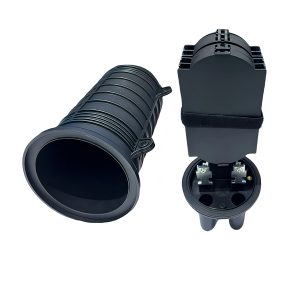
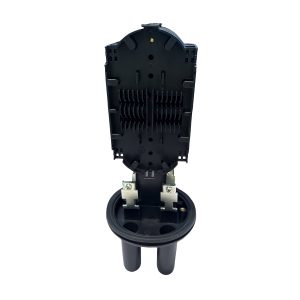
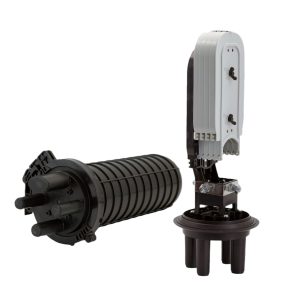
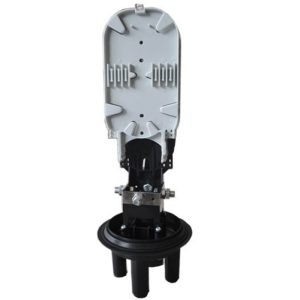
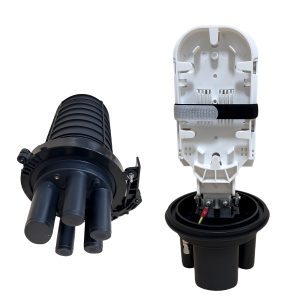
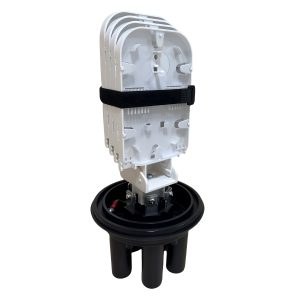
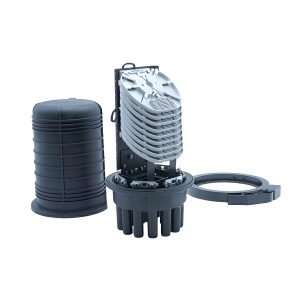
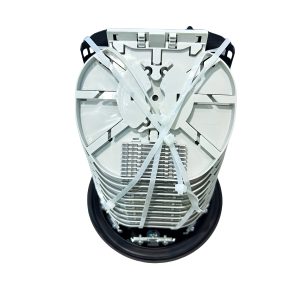
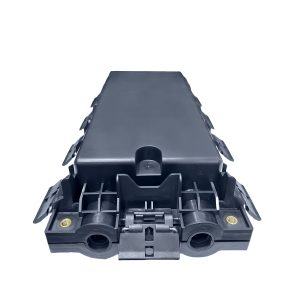
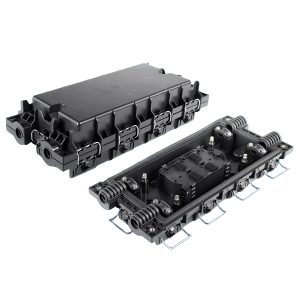
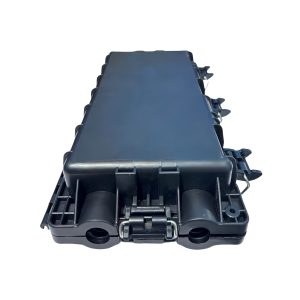
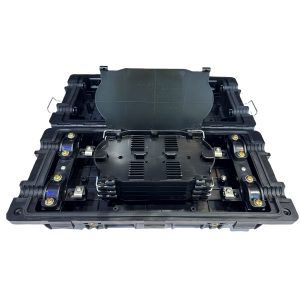
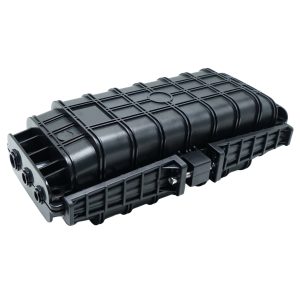
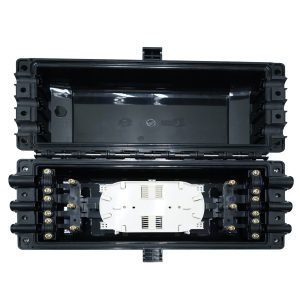
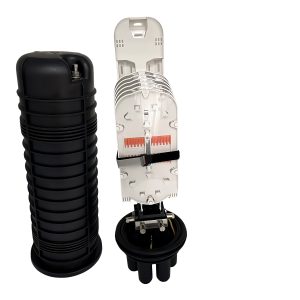
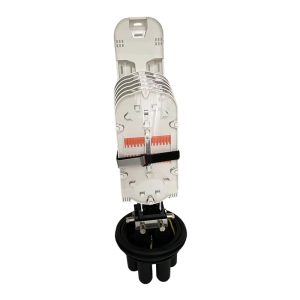
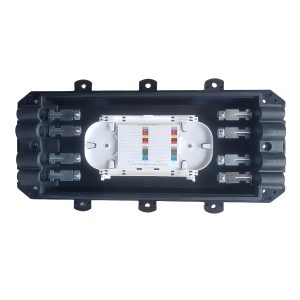
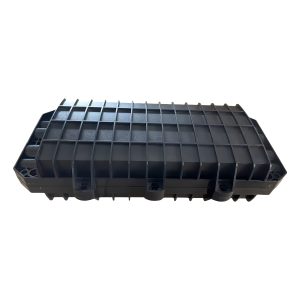
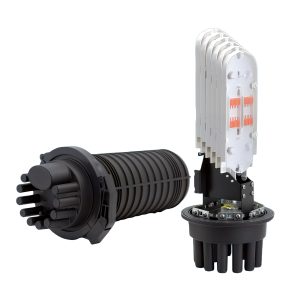
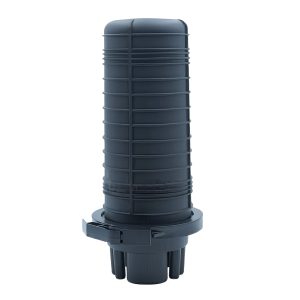
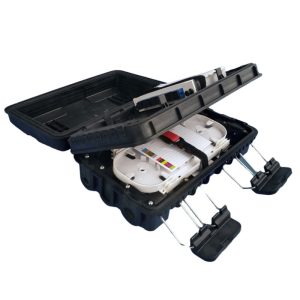
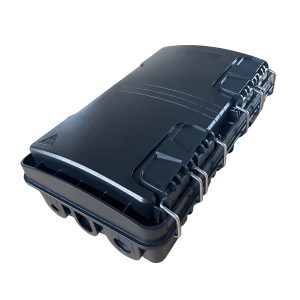
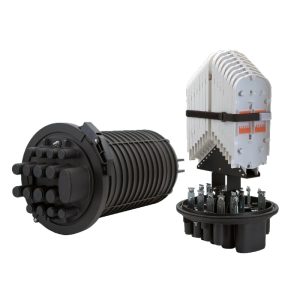
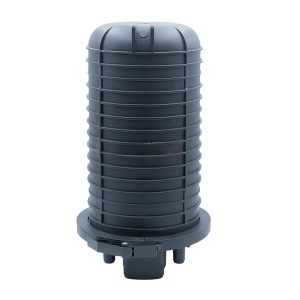
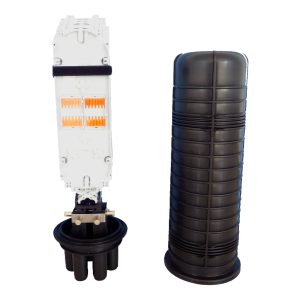
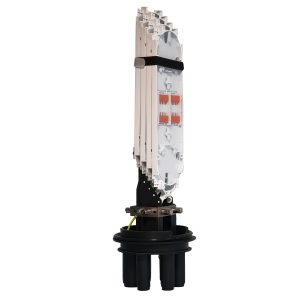
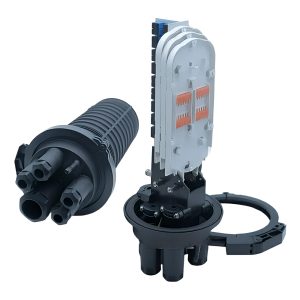
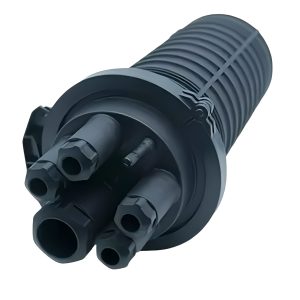
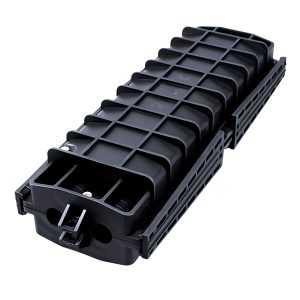
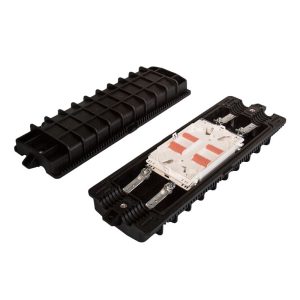
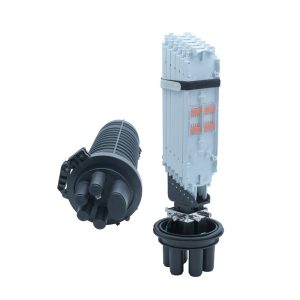

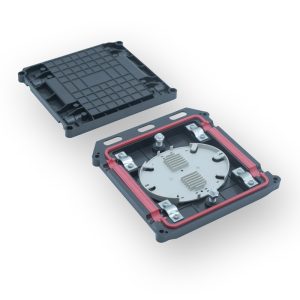
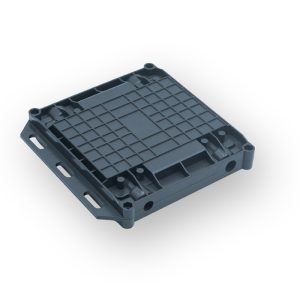
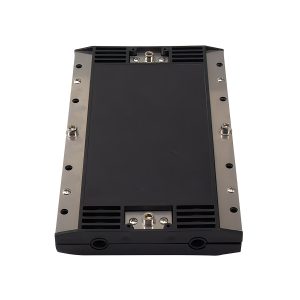
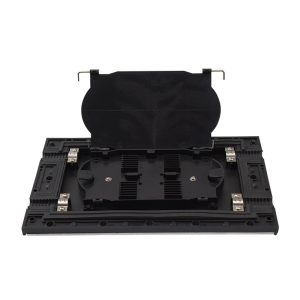
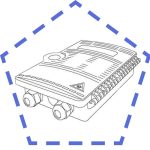 Fiber Optic Termination Boxes
Fiber Optic Termination Boxes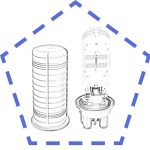 Fiber Optic Splice Enclosures
Fiber Optic Splice Enclosures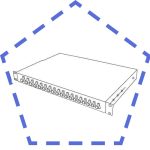 Fiber Patch Panels
Fiber Patch Panels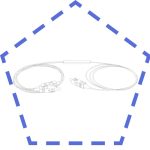 PLC Splitters
PLC Splitters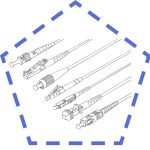 Fiber Optic Pigtails
Fiber Optic Pigtails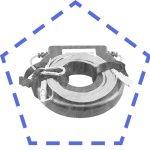 OTDR Launch Cables
OTDR Launch Cables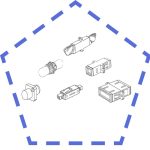 Fiber Optic Adapters
Fiber Optic Adapters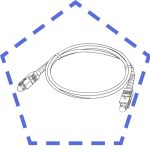 Fiber Optic Patch Cords
Fiber Optic Patch Cords